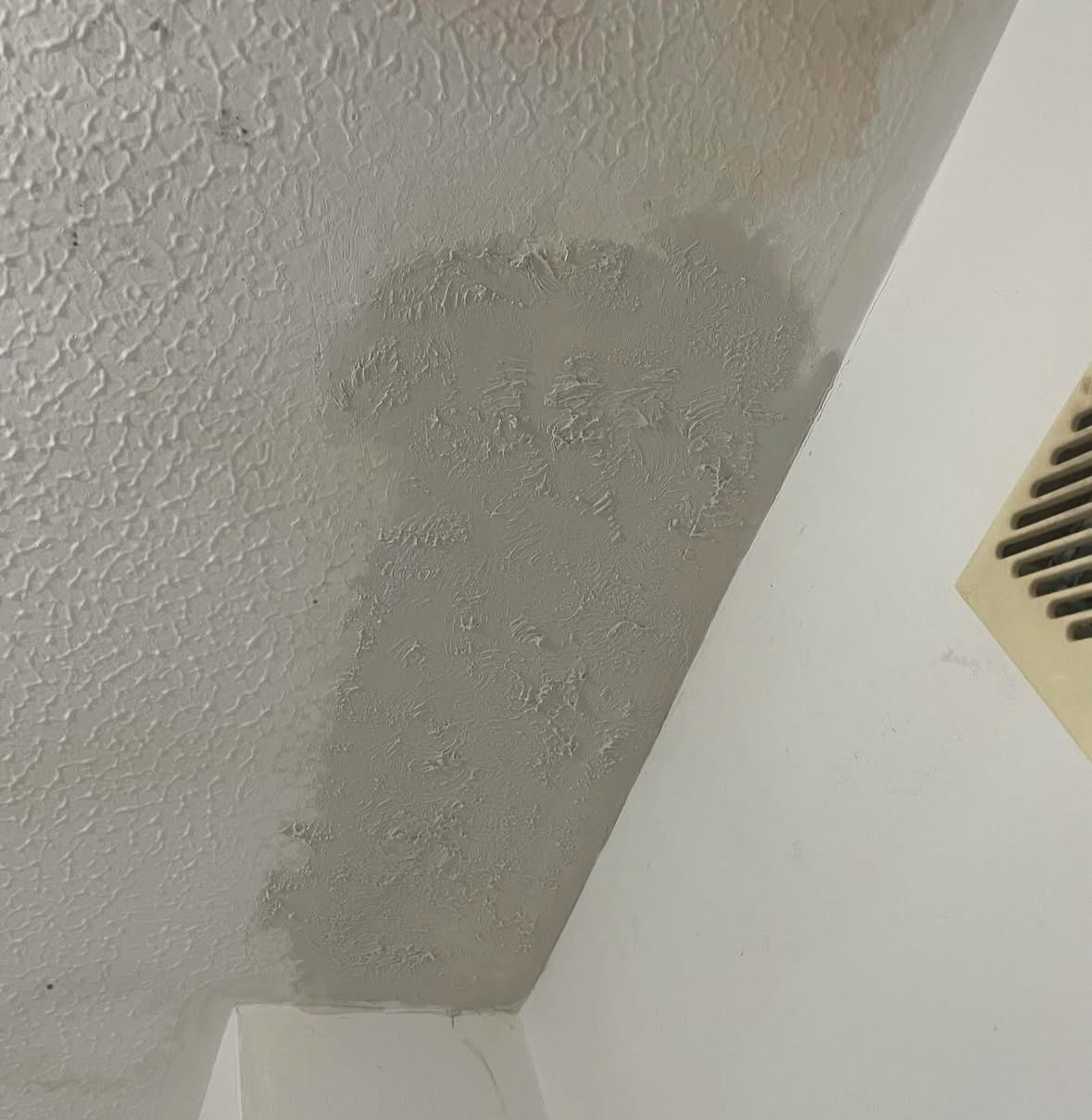
ROOF LEAK REPAIR - -Leak repair focuses on identifying and sealing areas where water or other substances escape from a structure, pipe, or surface. The process begins with locating the source of the leak, which may involve visual inspection, moisture meters, or pressure testing. Common signs include water stains, damp patches, mold growth, or dripping sounds. Once the leak is found, temporary solutions like plumber’s tape, epoxy putty, or waterproof sealants can be applied to prevent further damage.- For long-term resolution, the affected area should be cleaned thoroughly and any deteriorated materials replaced to ensure a proper seal. Depending on the location—such as roof joints, plumbing systems, or window frames—more permanent fixes might involve patching with specialized membranes, re-soldering joints, or applying advanced leak-resistant coatings. In plumbing scenarios, replacing worn-out gaskets or corroded pipes often yields better results than repeated surface-level sealing. - Leak repair should also include root-cause analysis, as recurring leaks may signal underlying structural issues or poor workmanship. For instance, in roofing, inadequate slope or faulty flashing might cause repeated water entry. In plumbing, consistent leaks around fixtures might stem from water pressure irregularities or incompatible materials. - Post-repair, monitoring is key. Installing leak detection sensors or conducting routine inspections—especially after heavy rains or usage spikes—can help catch any re-emerging issues early. Documenting repairs and maintenance schedules not only improves future diagnostics but may also be essential for warranty claims or insurance purposes.
